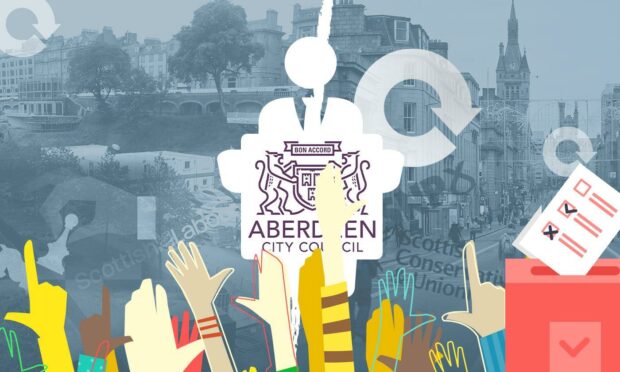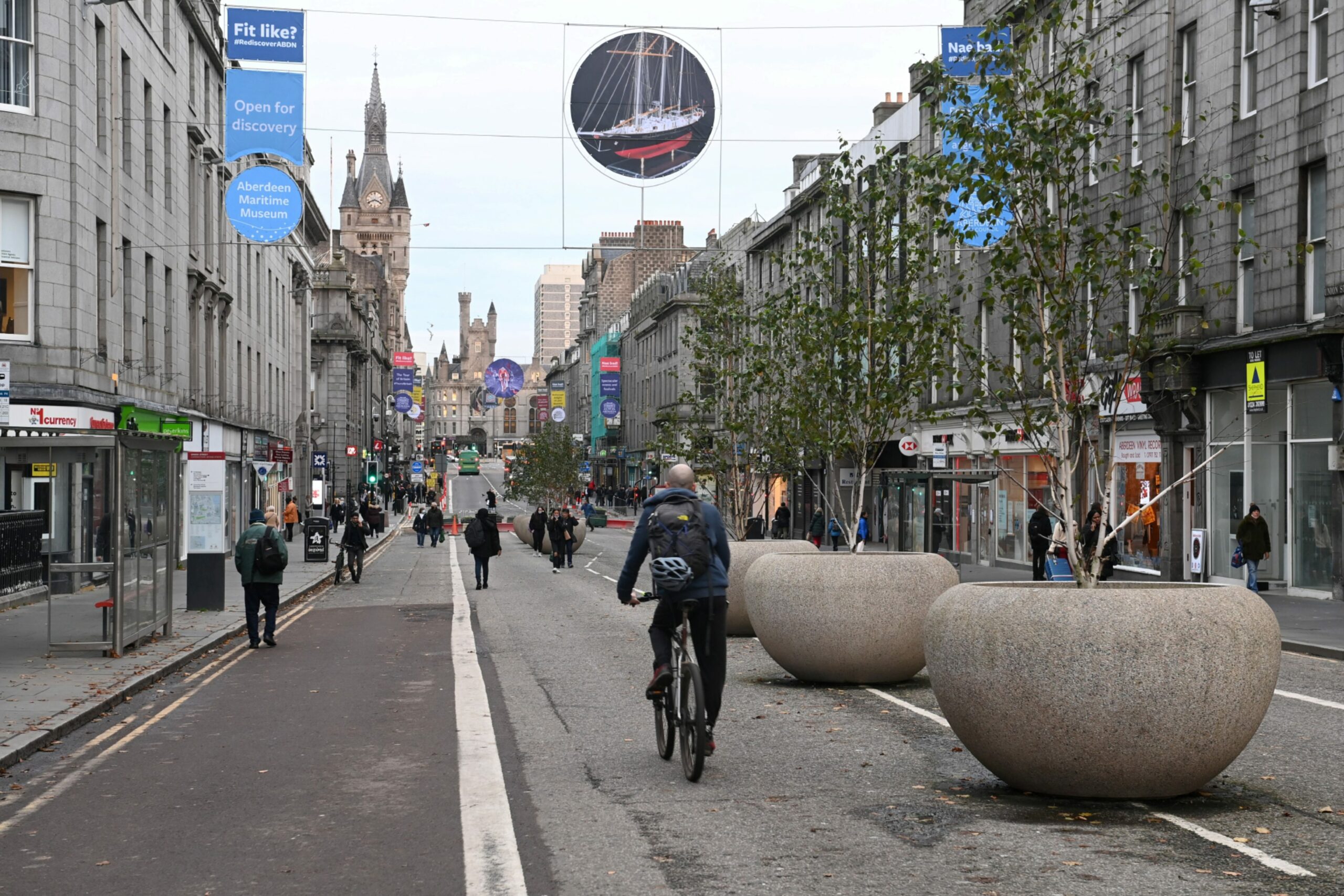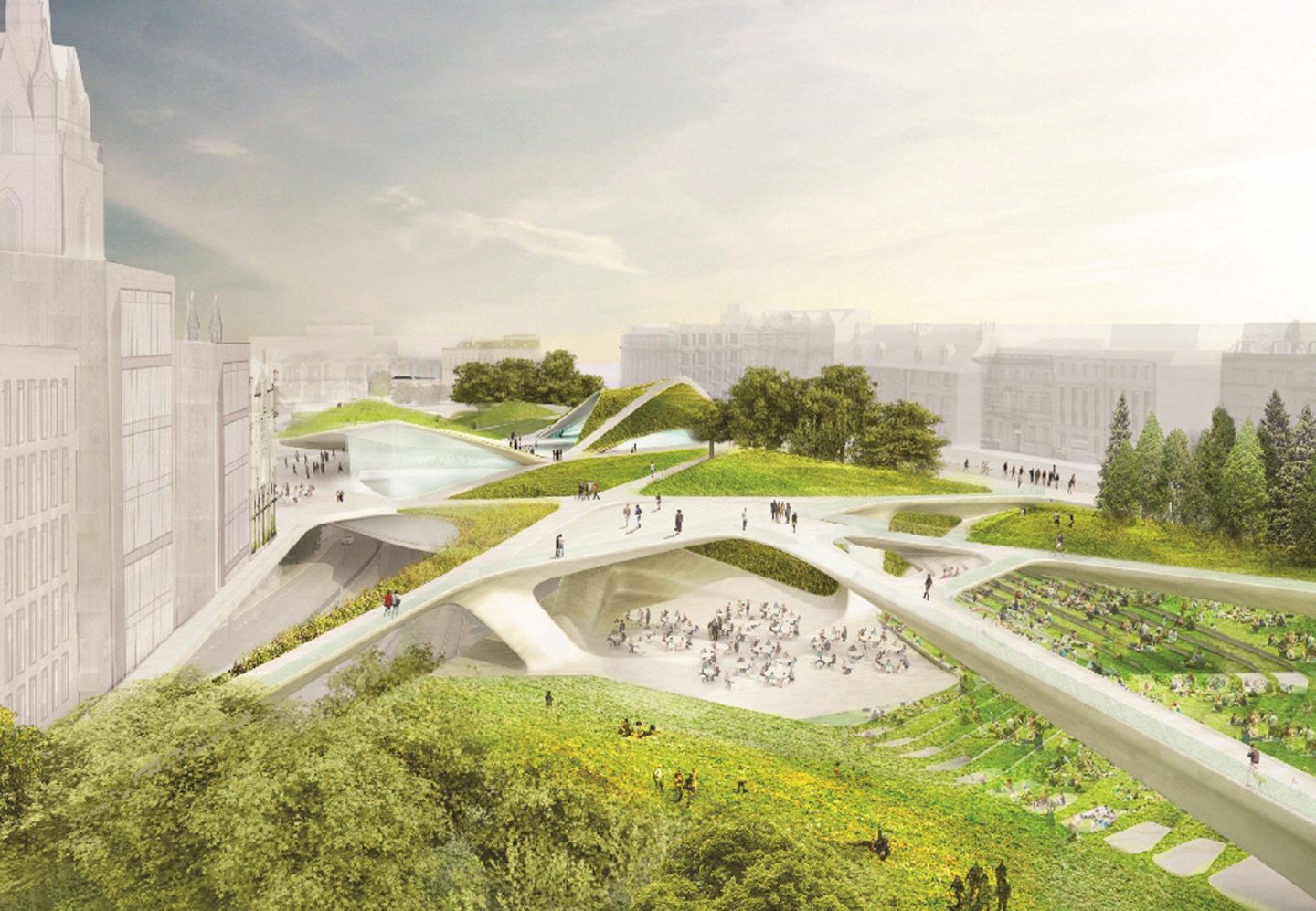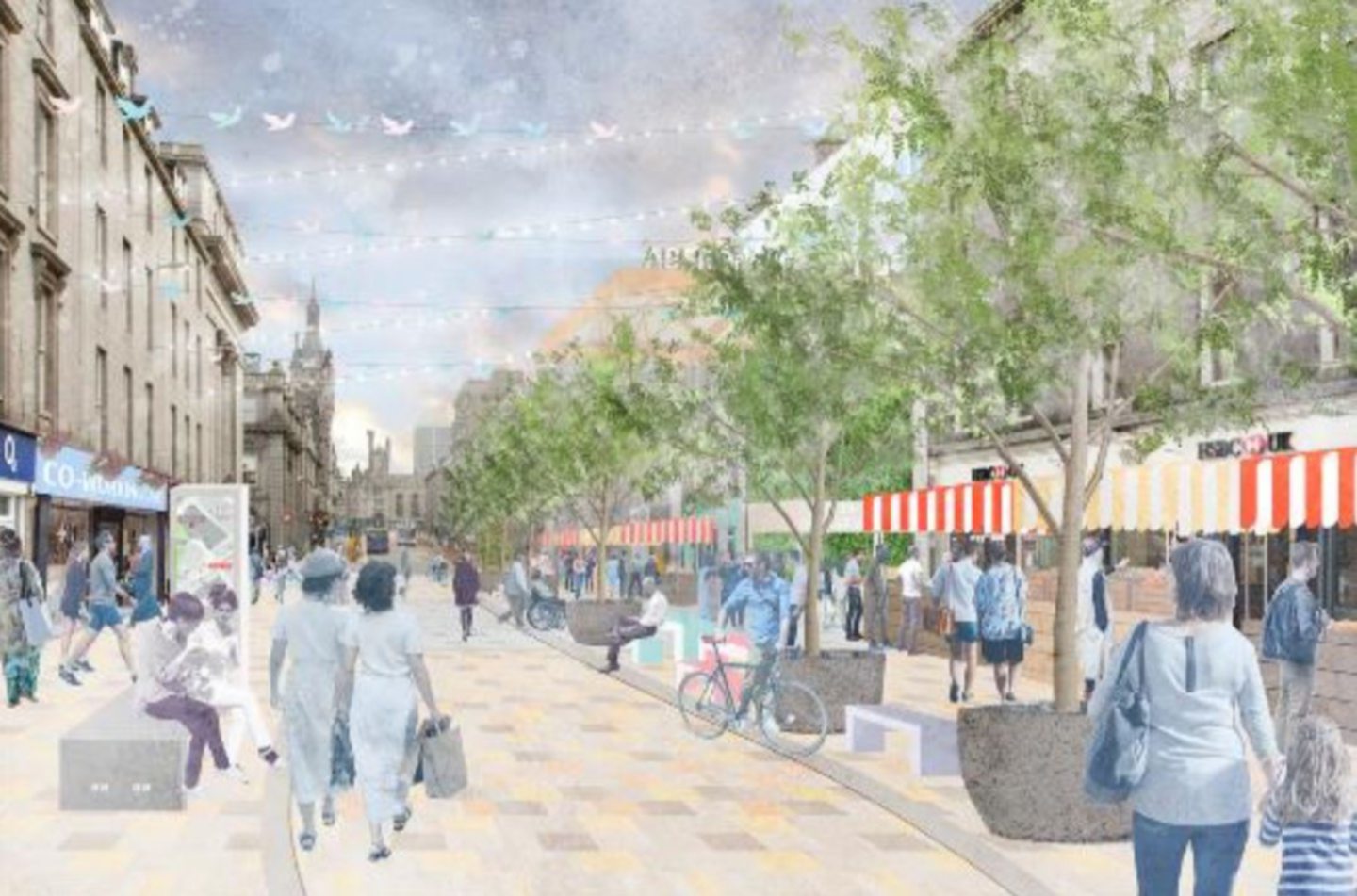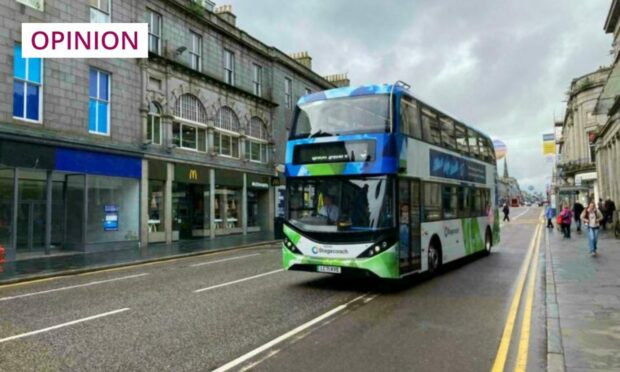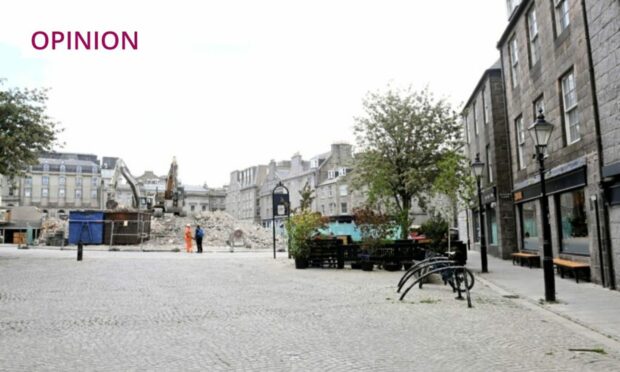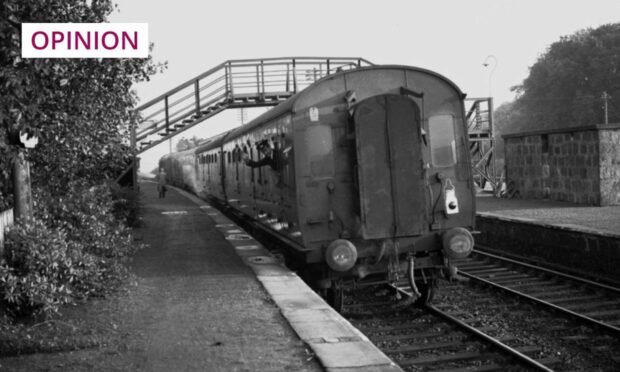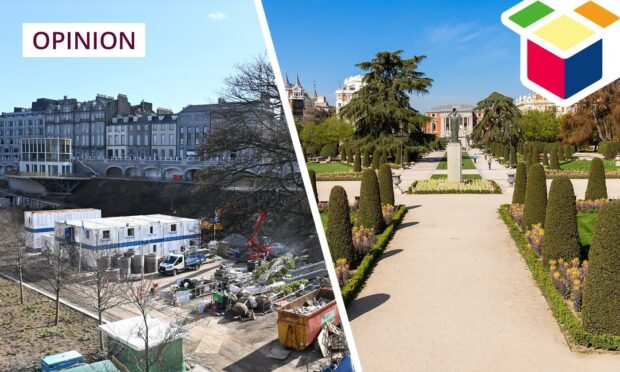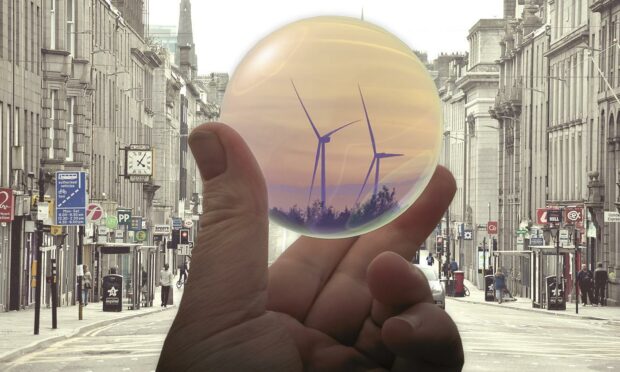I remember my first introduction to taking part in a “vote”.
Whether it was “what’s for supper – mince and tatties or fish and chips?” or, more importantly, “where shall we go on holiday – Butlin’s or Barcelona?” my house was about fair rule.
Or so my parents liked to try to fool me.
Growing up as an only child, it was always just the three of us. This meant there was always a clear winner.
“You have to go with the consensus, it’s a democracy,” I would be told.
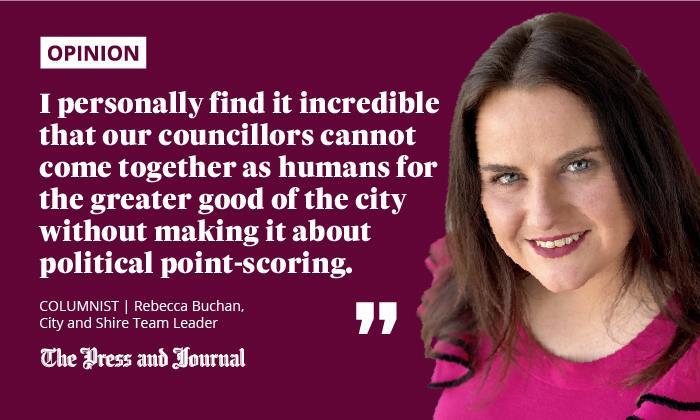
There were no draws to be had. Once the hands were in the air, it was clear to see what the popular opinion was. And it was with that mentality I grew up.
Of course, there doesn’t need to be a vote in cases where there is a clear majority. Barcelona always won in our house, for example.
But, where there was clearly strong feeling or division, it went to a vote.
So, when I witness the current carry on that is Aberdeen City Council dithering over the traffic status of Union Street, I can’t help but wonder if a similar tactic is needed.
Why no public vote on Union Street when we had one for UTG?
If almost exactly a decade ago we, the public, got a vote on the future of Union Terrace Gardens (UTG), why can’t we now have one over the future of our dilapidated high street?
This is not an insignificant change we are attempting to bring to fruition here with pedestrianisation. And it is clear that, within the council chambers and out on the streets, there is division.
The business community, in general, has backed banning traffic, believing it will bring the lift we need to the city – and, oh boy, we need something that will generate a boost right now.
But there have been many cries of concern from minority groups, like elderly and disabled people, about how decent access to the city centre can be maintained if buses and taxis are banned from Union Street’s central section, as currently planned.
Like with any major change, it is right to expect many differing views.
Union Street should not become political bargaining tool like UTG
My concern is that it looks like Union Street is going to turn into a political bargaining tool, just like UTG before it.
In my living memory, no project has divided the city in the way Sir Ian Wood’s proposals for the Victorian gardens did.
A complete redesign costing £140 million was predicted to bring some 8,000 jobs to the city centre and spark far greater regeneration. But, because of the massive and vocal opposition to the proposals, Aberdonians were given a vote.
Around 85,000 people had their say, with 45,301 of those backing the proposals.
I can’t help but feel the future of our city centre will turn into a battle at the ballot box, and history will repeat itself
Despite this, Labour stood in that May’s local elections with a manifesto pledge to withdraw the plans. They successfully had the project thrown out in August 2012 – despite the democratic vote.
With the debate over the pedestrianisation of Union Street intensifying, I can’t help but get the feeling of deja vu. I have already seen letters from former councillors asking people to consider how they want to see Union Street when they decide how to vote in just a few months.
And I can’t help but feel the future of our city centre will turn into a battle at the ballot box, and history will repeat itself.
Let the people have their say
A referendum on this matter, and a pledge by all parties that whatever the vote, it is listened to, is surely the fairest way forward? Otherwise, we risk embarking upon months of the administration trying to rush through legislation before the election to claim “they made it happen”.
Or, for the opposition to try to shoot it down before, God forbid, Labour and the Tories can reap any credit.
I personally find it incredible that our councillors cannot come together as humans for the greater good of the city without making it about political point-scoring, and without making it into something aimed at winning votes.
Just stop. This is serious. This is our future.
There are many exciting ideas on the table at the moment which hope to shape and significantly alter the fabric of Aberdeen. But, if we’re constantly playing a game where party politics is always getting in the way of progression, we will never be able to make major steps forward, regardless of who wins in May.
It is only now, after all, that we are starting to see some work being done on UTG after all these years.
So, come on, allow the people of Aberdeen to put their hands in the air and be counted before we’re sitting here another decade on and still awaiting any significant change.
Rebecca Buchan is City and Shire Team Leader for The Press & Journal and Evening Express
